Facing new challenges, agriculture and forestry sectors turn to innovation
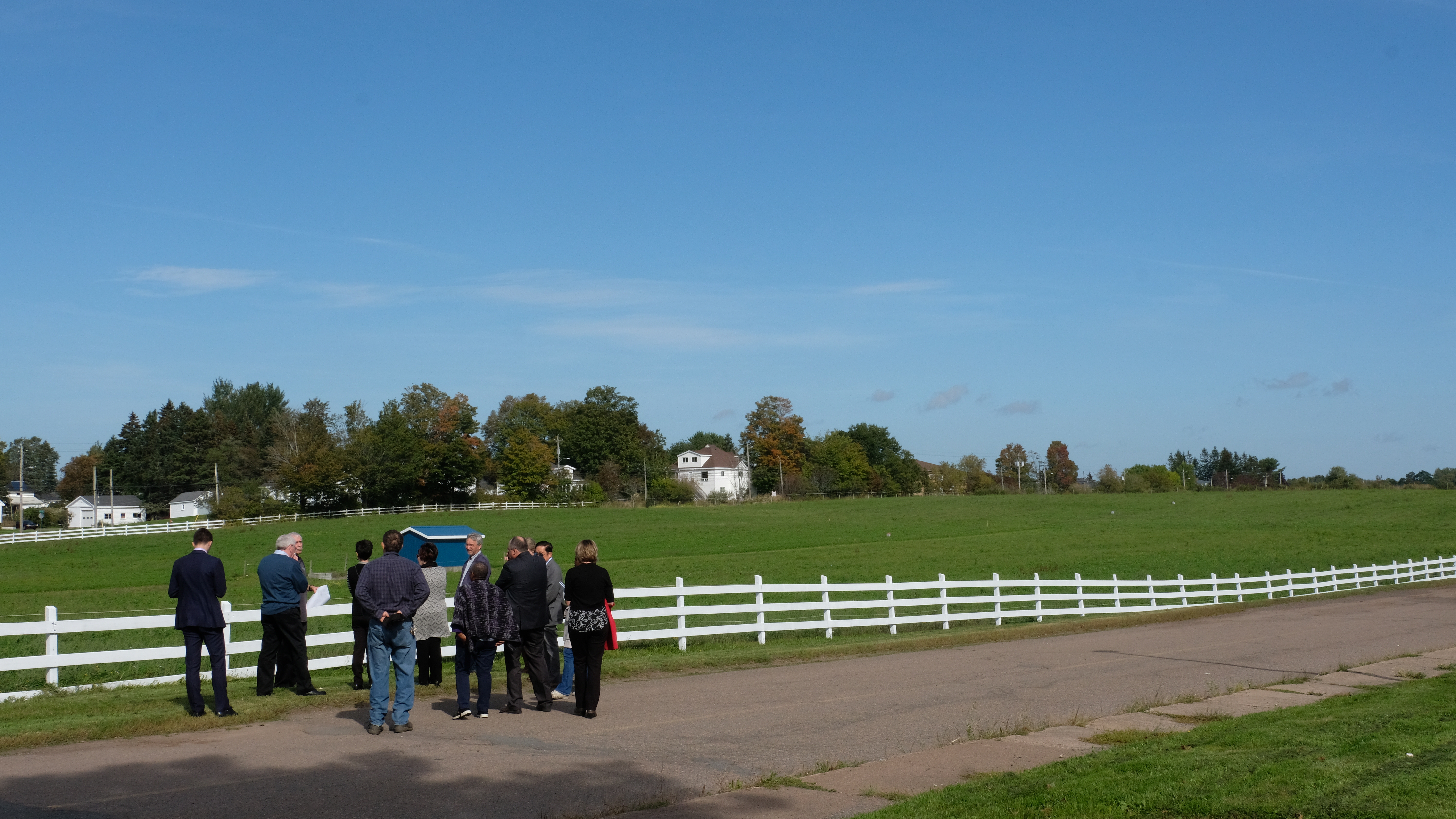
“The effects of climate change are real and visible,” says Senator Terry Mercer, deputy chair of the Senate Committee on Agriculture and Forestry. He made the observation during a fact-finding mission to Halifax and Montreal from October 2 to 6. The committee is studying the effects of climate change on the agriculture, agri-food and forestry sectors.
During public hearings, witnesses said it is now possible to identify and quantify the impacts of climate change on these sectors. Facing a medley of abnormal temperature variations and an increase of extreme weather events such as drought, torrential rains, hurricanes and forest fires, sector leaders urge that the time to act is now.
A spirit of innovation is needed to counter the effects of climate change on farming and forestry, they said.
Moreover, the diversity of stakeholders present at the committee’s public hearings reflected another part of the solution to climate change — that Canada must adopt a countrywide, cross-industry approach to protect its biodiversity.
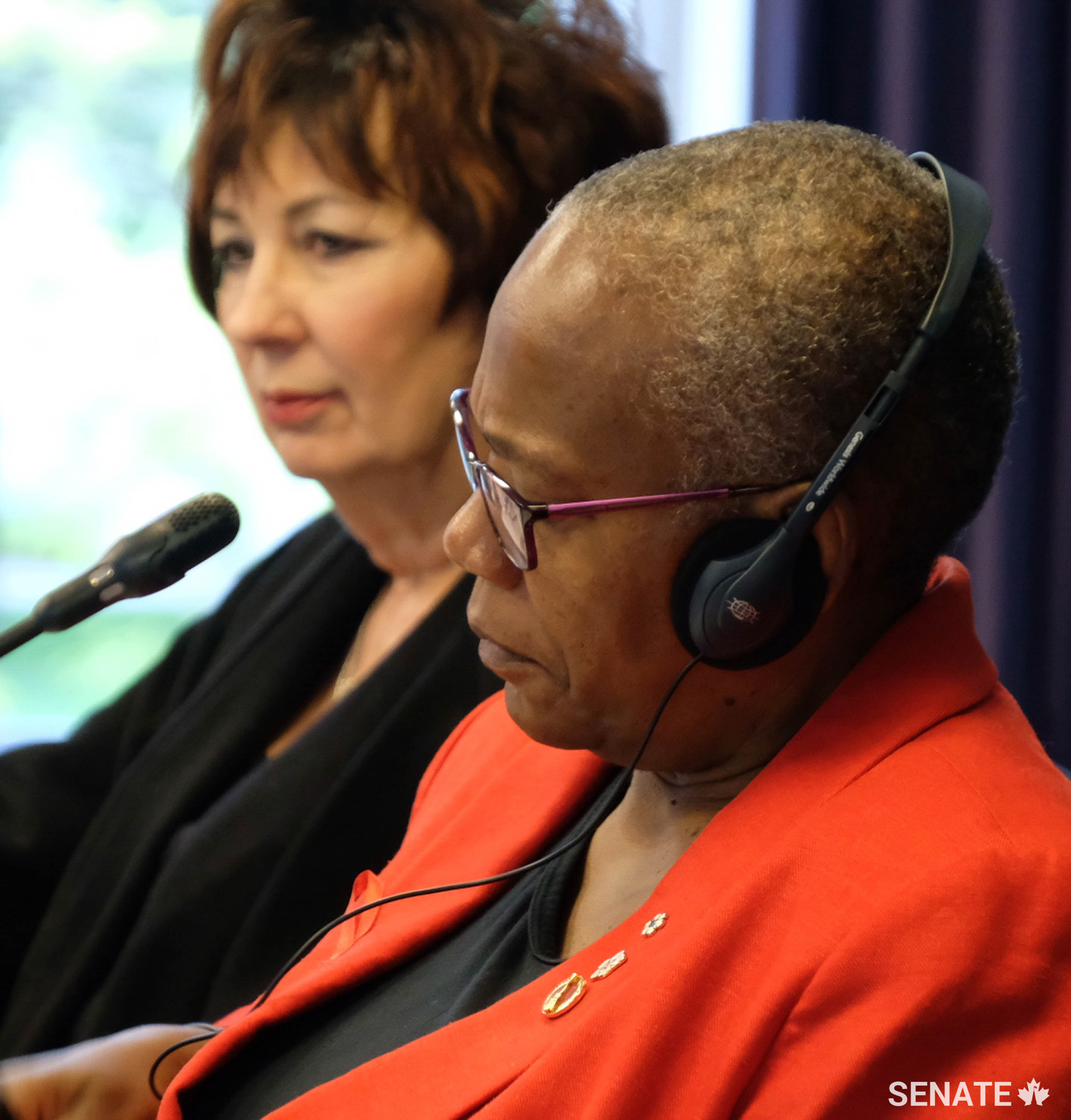
In 2015, Canada announced it would cut its greenhouse gas (GHG) emissions to 30% below their 2005 levels by 2030. But stakeholders are still divided about the best options for doing that — a carbon tax, a cap-and-trade system or even an increase of federal funds for research and training — even though they all want a solution that will see the various sectors consulted equally.
Meanwhile, Nova Scotia has been a leader in Eastern Canada, having already achieved its goal of reducing GHG emissions to 10% below 1990 levels by 2020 — and then some. As of 2014, the province had already reduced its emissions to 17% below its 1990 level. The leadership shown by the maritime province should inspire change elsewhere in Canada.
For Canada to achieve its goal, a number of sectors — especially agriculture, agri-food and forestry — will need to make the transition towards sustainable development. Educating the leaders of tomorrow will be crucial in this endeavour. During visits to Dalhousie University and Nova Scotia Community College, senators witnessed the growing importance of innovation in educational institutions’ curricula.
At Dalhousie University, students focus on the concept of a “systems approach.” Students found by improving co-ordination across sectors, agricultural and forestry waste could be composted to create a crude biodiesel fuel that is a biodegradable and renewable alternative to crude oil for use in heavy machinery.
In Montreal, committee members shifted their focus to already-successful commercial applications of sustainable development. Projects such as the solid wood products by Arbora and Lufa Farms’ urban greenhouses are proof that efforts are being made to combine innovation, quality and ecology in the marketplace.
Inspired by its findings from the field, the Senate Committee on Agriculture and Forestry will continue to advance its study on the effects of climate change with a clearer perspective on the concerns of Canadians.
The committee’s final report is expected to be tabled in June 2018.


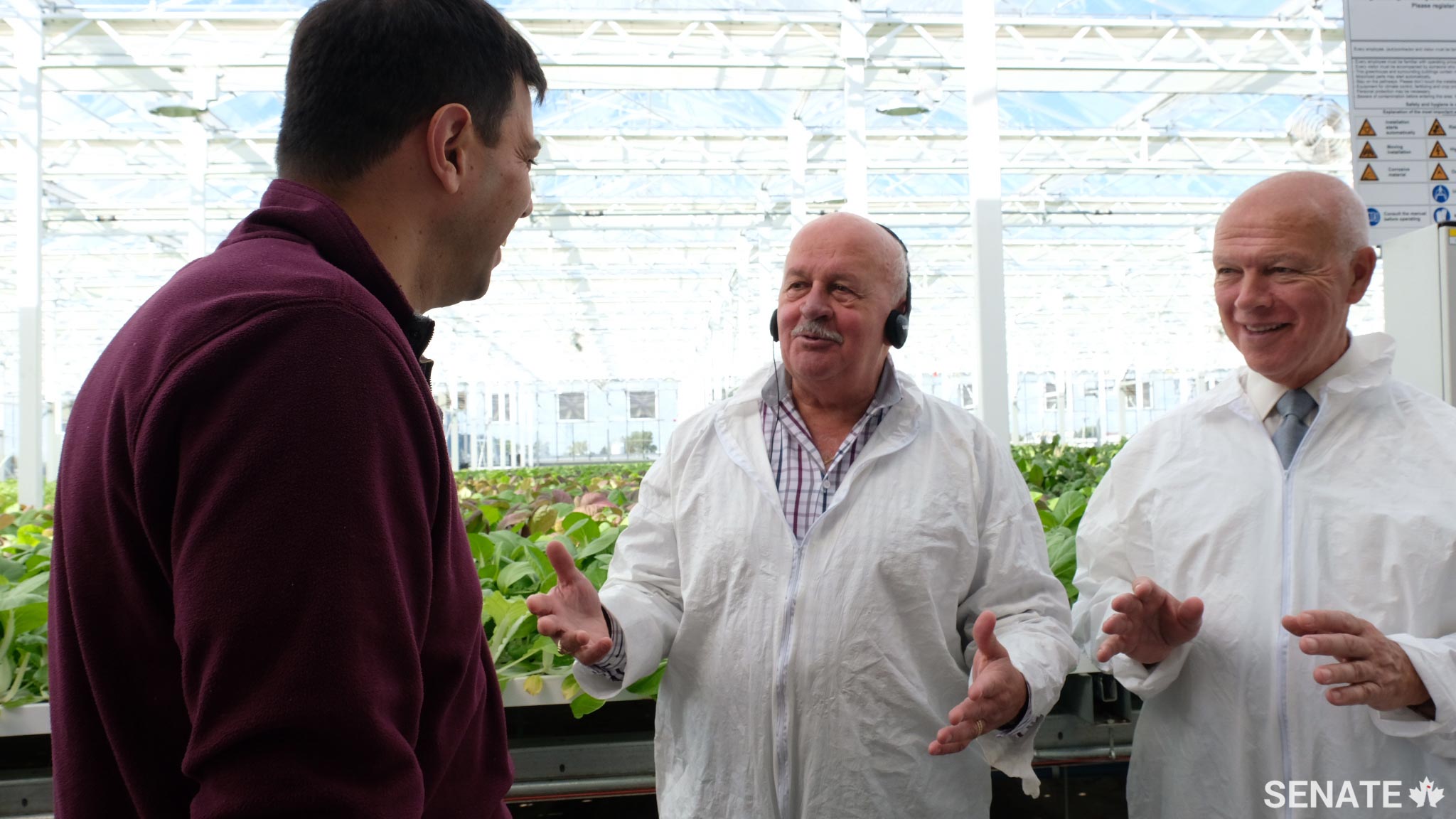
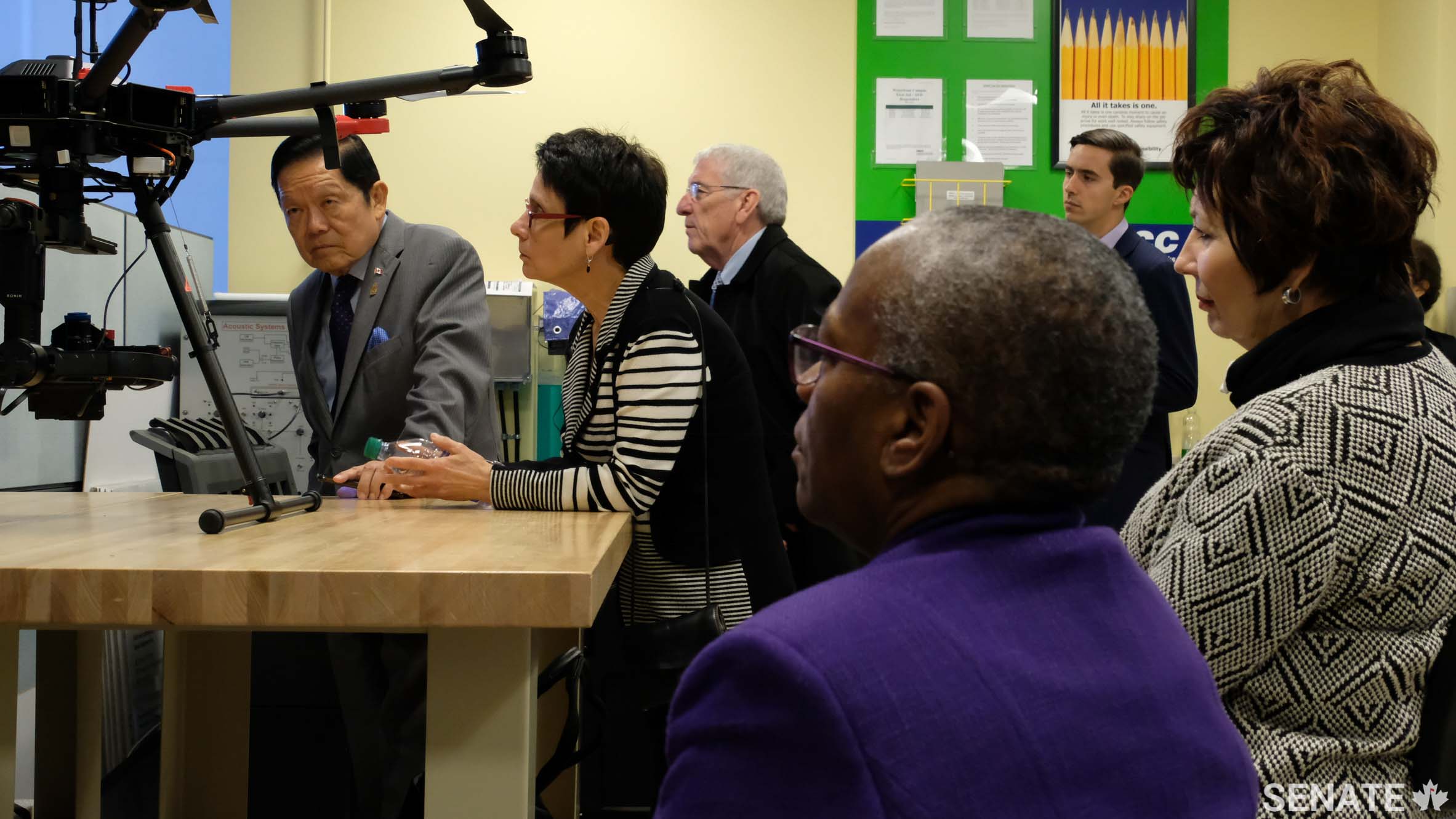
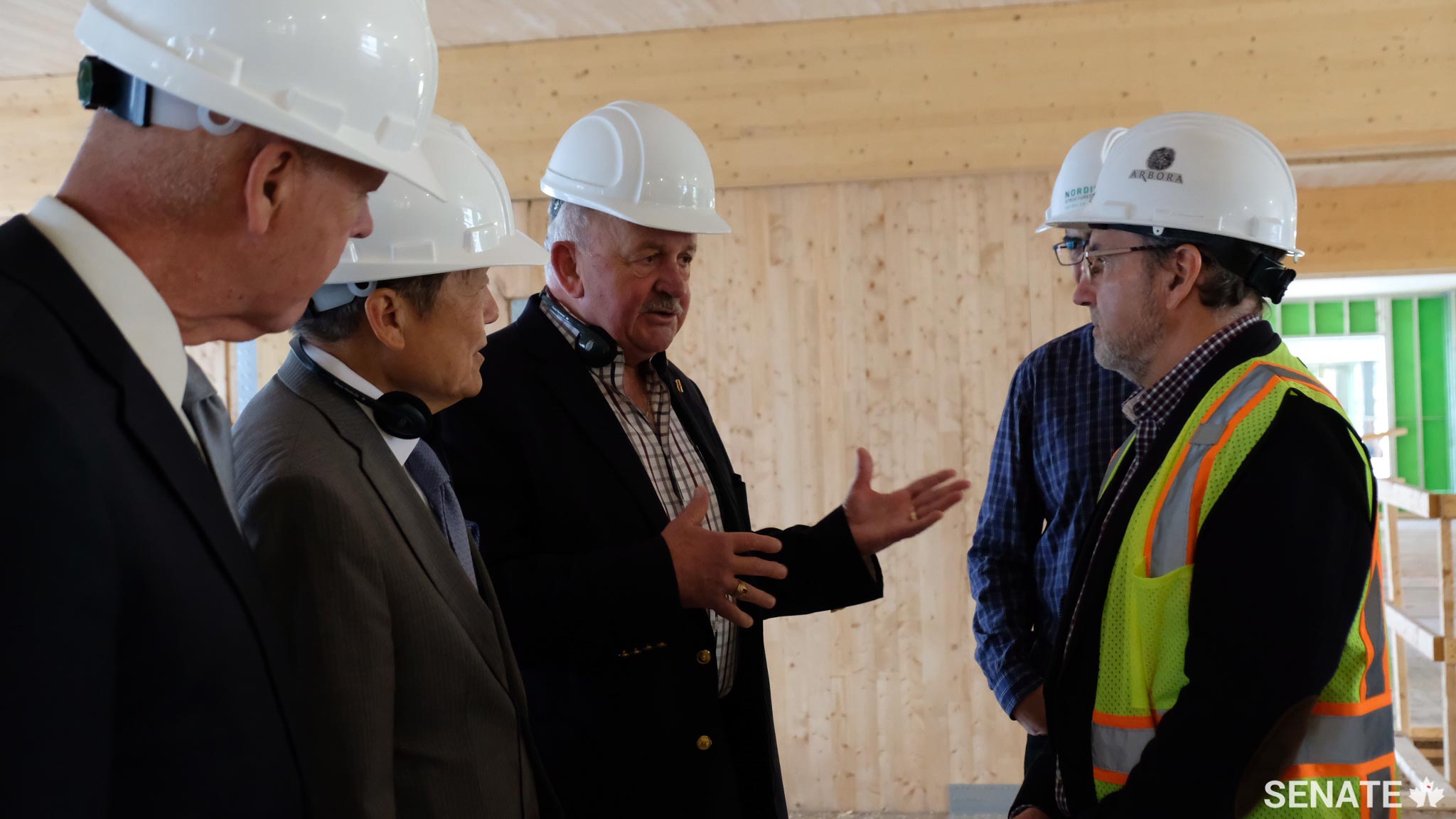

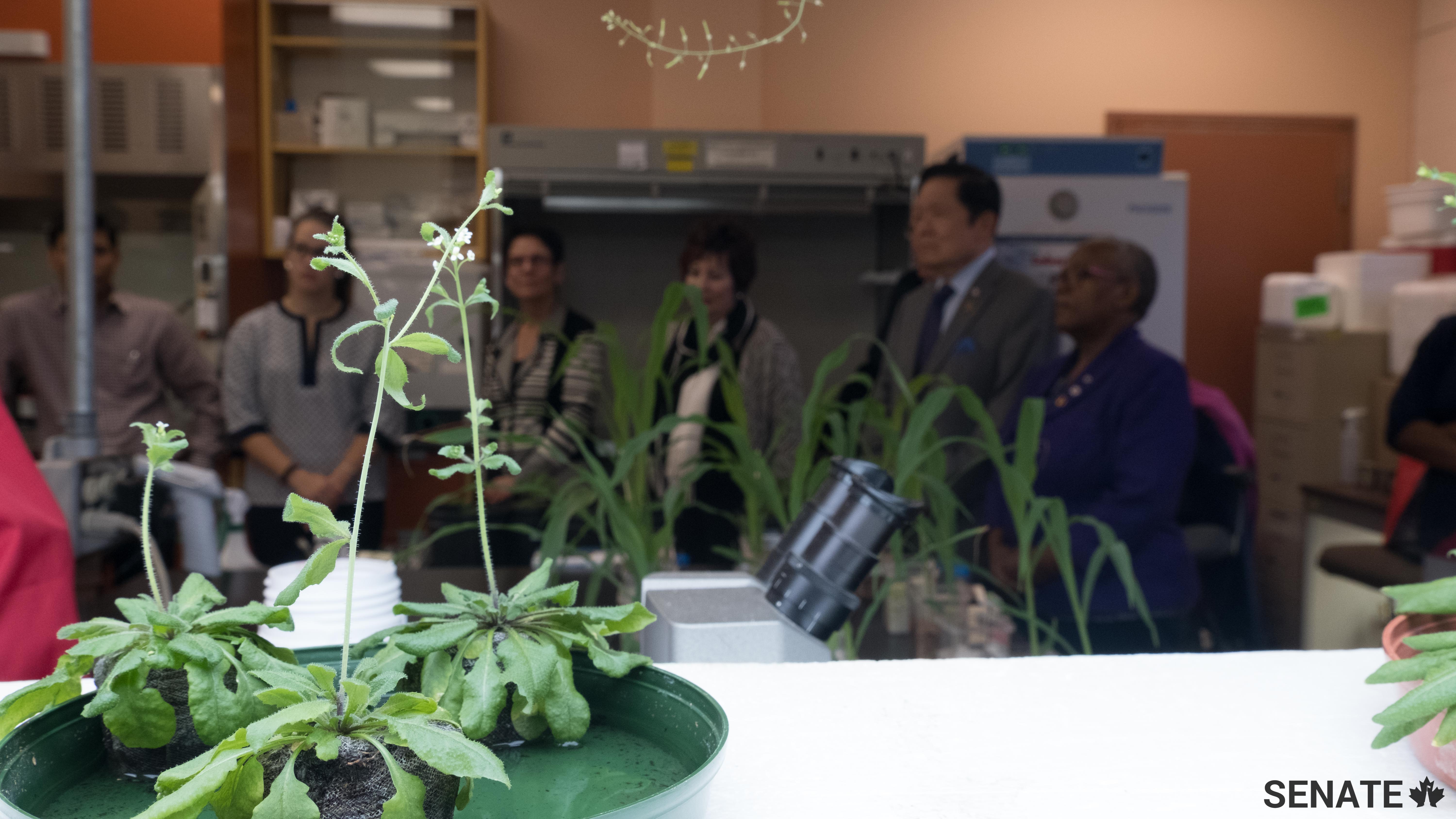
Related articles
Tags
Committee news
Facing new challenges, agriculture and forestry sectors turn to innovation

“The effects of climate change are real and visible,” says Senator Terry Mercer, deputy chair of the Senate Committee on Agriculture and Forestry. He made the observation during a fact-finding mission to Halifax and Montreal from October 2 to 6. The committee is studying the effects of climate change on the agriculture, agri-food and forestry sectors.
During public hearings, witnesses said it is now possible to identify and quantify the impacts of climate change on these sectors. Facing a medley of abnormal temperature variations and an increase of extreme weather events such as drought, torrential rains, hurricanes and forest fires, sector leaders urge that the time to act is now.
A spirit of innovation is needed to counter the effects of climate change on farming and forestry, they said.
Moreover, the diversity of stakeholders present at the committee’s public hearings reflected another part of the solution to climate change — that Canada must adopt a countrywide, cross-industry approach to protect its biodiversity.

In 2015, Canada announced it would cut its greenhouse gas (GHG) emissions to 30% below their 2005 levels by 2030. But stakeholders are still divided about the best options for doing that — a carbon tax, a cap-and-trade system or even an increase of federal funds for research and training — even though they all want a solution that will see the various sectors consulted equally.
Meanwhile, Nova Scotia has been a leader in Eastern Canada, having already achieved its goal of reducing GHG emissions to 10% below 1990 levels by 2020 — and then some. As of 2014, the province had already reduced its emissions to 17% below its 1990 level. The leadership shown by the maritime province should inspire change elsewhere in Canada.
For Canada to achieve its goal, a number of sectors — especially agriculture, agri-food and forestry — will need to make the transition towards sustainable development. Educating the leaders of tomorrow will be crucial in this endeavour. During visits to Dalhousie University and Nova Scotia Community College, senators witnessed the growing importance of innovation in educational institutions’ curricula.
At Dalhousie University, students focus on the concept of a “systems approach.” Students found by improving co-ordination across sectors, agricultural and forestry waste could be composted to create a crude biodiesel fuel that is a biodegradable and renewable alternative to crude oil for use in heavy machinery.
In Montreal, committee members shifted their focus to already-successful commercial applications of sustainable development. Projects such as the solid wood products by Arbora and Lufa Farms’ urban greenhouses are proof that efforts are being made to combine innovation, quality and ecology in the marketplace.
Inspired by its findings from the field, the Senate Committee on Agriculture and Forestry will continue to advance its study on the effects of climate change with a clearer perspective on the concerns of Canadians.
The committee’s final report is expected to be tabled in June 2018.









